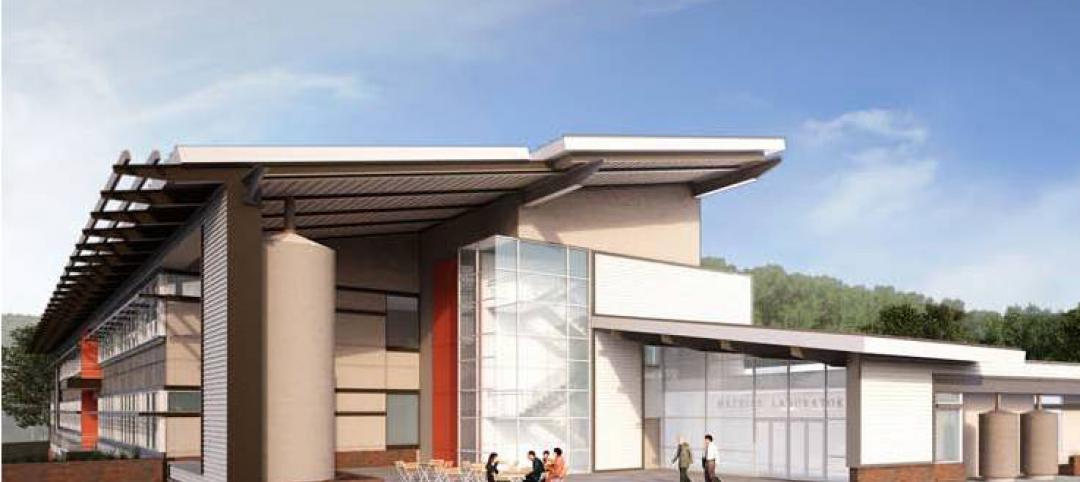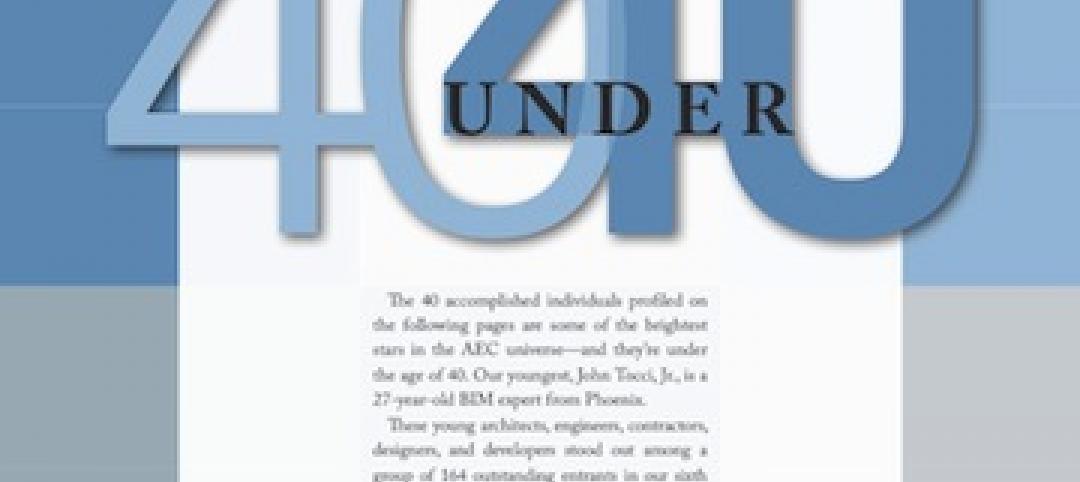Dwight Eisenhower once said that “plans are worthless, but planning is everything.”
Eisenhower’s remark pertained to military strategy, but the analogy works well for the economic hardships that we’re facing right now. Since emergencies—by definition—are unexpected, even the best-laid plans may turn out to be of little use when disasters strike. On the other hand, the process of planning can act as a training ground for unknown battles to come. As you conjure up worst-case scenarios and explore possible solutions to surmount them, you learn to become nimble, quick, and ready to pivot as circumstances demand. Practice may not make perfect, but it certainly makes you more prepared.
The comparison holds true when you are navigating your firm forward during a downturn. While a recession can bring on a “point and shoot” mentality where you aim at any potential target that appears on the horizon—a cattle-call RFP that’s outside the realm of your experience, a low-fee project for a client that’s known to be overly demanding, or a pro bono project that could siphon off vital resources from paying clients—there’s no question that you must start mapping out your strategy before you make any sudden moves.
Why do you need strategic planning?
Many AEC companies set aside time for planning, in good times or bad, to assess their strategies. Whether you do this on a planned or periodic basis (annually or biannually, for example), it’s important to evaluate your firm’s performance against key metrics: how you performed in relation to short-term and long-term business goals, how your firm’s resources have been utilized to pursue certain types of business, and why those efforts have fallen short of expectations or how you have excelled.
More than just adding up statistics, it’s important to get the leadership talking about key priorities to make sure that you all agree on your organization’s purpose and objectives. You should also be in alignment about your operational policies and your strategy for achieving your goals.
Because your business is always changing, it’s important to evaluate your strategy at key milestones, such as the promotion of new partners or the acquisition of strategic, high-level talent; the departure of key leaders, due to attrition or succession; the expansion into new verticals or geographic markets; the addition of new services or revenue streams; mergers and acquisitions; and changes in the market or economic downturns.
Matthew Mueller, Partner at PBDW Architects, launched a strategic planning process this spring, along with the leadership of PBDW Architects. He noted that, “To not respond or re-adjust could render our practice as tone-deaf and in denial of this global shift. We didn’t want potential clients, as well as future employees, to view our business as part of the new ‘old-school.’ We wanted to look forward, not back.”
How do you plan your way out?
Planning might seem futile when your first priority is to bring in new work or employ your current staff. In the face of adversity, some firms have tried to maintain the status quo: even with a slight drop in revenue, they are riding out the proverbial storm. Others are pivoting their approach to adapt to new paradigm shifts in the market. Firms are pooling their resources to devise new strategies for business development, marketing, and public relations—and working more closely together than ever before.
“With so much uncertainty in the industry right now, upheaval in our social and economic structures, and disruptions and adaptations in our workflow, one thing is certain to me: we have entered a moment where a realignment or redefinition of business practices is not only acceptable, but almost expected,” said PBDW’s Mueller.
By testing different alternatives, some firms have voluntarily shed their old ways of working in favor of new opportunities to work smarter and more efficiently. Starting in March, Marvel Architects initiated dialogues with clients and their network that broadened their outlook on “how we think individually and collectively about design,” according to Jonathan Marvel, FAIA, Founding Principal of Marvel Architects. Since then, Marvel is on the verge of “relaunching the firm as multidisciplinary practice in this moment. Our broad, comprehensive perspective brings together architecture, landscape architecture, urban planning, and interiors that will benefit clients because we can be agile and fast-forward issues on their behalf.”
Planning strategies like these aren’t just forced necessities. While economic downtowns are never welcome, there are silver linings. Some firms are adding new revenue sources and services, such as real estate development. Or they are incorporating new technologies, mobile apps, or AI; launching internal systems for client development, quality control, and reporting; and proactively seeking to add more diverse talent.
Jim Donaghy, Executive Chairman of The STO Building Group, described how the pandemic gave STO the chance to break down the naturally occurring silos that separate the company’s different departments. “Now we’re doubling down on technology, and we have time to bring people together to create first-rate client service solutions,” he explained. “We’re using AI to share knowledge so safety teams across the firm can prevent accidents on our sites. We’re also using AI to parse subcontractor bids so we can choose the bidders who provide the highest level of service and can do it for the lowest cost. This helps us make smarter decisions—and it can all be done from a smart device. Ultimately, we’ll get much better outcomes as a result.”
What does your planning process look like?
There is no one-size-fits-all strategy for planning; however, your primary objective is to define how your leadership will work together to develop an operational strategy for meeting immediate and intermediate challenges. Although it may seem difficult (even impossible) to look forward, it’s important to think broadly about the future and where you want the firm to be in the next five to ten years.
While most people think that planning is synonymous with growth, consider what progress looks like to your firm. While you can crunch numbers for quantitative growth and benchmarks for revenue, planning is not just a spreadsheet of statistics. It also requires big-picture thinking about qualitative ideas. For example, take the time to think about the kind of projects you want to have, the type of clients you want to work with, where you want to work and, ultimately, and what success looks like to your firm and culture. Finally, you will have to establish roles and responsibilities in support of those firmwide goals.
Last but not least, be sure to align your success with your clients, so your work is as inspired by your clients’ needs, challenges, opportunities, and aspirations as it is by your goals. When you have established these parameters, you can craft a strategic program around the messages and the tactical steps necessary to attract work from your target customers.
Strategic planning is evergreen. It’s an ongoing, organic process that can be incorporated into your business. As people are traveling less and perhaps less busy with projects, this is an ideal time to map out your next strategic plays. It’s a great opportunity to take stock in your practice to see if you are engaging in the right outreach activities, if you have the right talent, or if you have the right organizational structure to meet current demands. It’s true that the pandemic has put a lot of stress on AEC firms, but it’s also providing an occasion to think about how you can improve. As Donaghy puts it, “While we have no playbook, our team is constantly looking for ways to make STO Building Group stronger so we emerge from this recession even better than before.”
Related Stories
| May 25, 2011
Register today for BD+C’s June 8th webinar on restoration and reconstruction projects
Based on new and award-winning building projects, this webinar presents our “expert faculty” to examine the key issues affecting project owners, designers and contractors in case studies ranging from gut renovations and adaptive reuses to restorations and retrofits.
| May 25, 2011
Hotel offers water beds on a grand scale
A semi-submerged resort hotel is the newest project from Giancarlo Zema, a Rome-based architect known for his organic maritime designs. The hotel spans one kilometer and has both land and sea portions.
| May 25, 2011
Smithsonian building $45 million green lab
Thanks to a $45 million federal appropriation to the Smithsonian Institution, the Smithsonian Environmental Research Center in Edgewater, Md., has broken ground on what is expected to be one of the most energy-efficient laboratories in the country. The 69,000-sf lab is targeting LEED Gold and is expected to use 37% less energy and emit 37% less carbon dioxide than a similar building.
| May 25, 2011
World’s tallest building now available in smaller size
Emaar Properties teamed up with LEGO to create a miniature version of the Burj Khalifa as part of the LEGO Architecture series. Currently, the LEGO Burj Khalifa is available only in Dubai, but come June 1, 2011, it will be available worldwide.
| May 25, 2011
Developers push Manhattan office construction
Manhattan developers are planning the city's biggest decade of office construction since the 1980s, betting on rising demand for modern space even with tenants unsigned and the availability of financing more limited. More than 25 million sf of projects are under construction or may be built in the next nine years.
| May 25, 2011
Olympic site spurs green building movement in UK
London's environmentally friendly 2012 Olympic venues are fuelling a green building movement in Britain.
| May 25, 2011
TOTO tests universal design at the AIA conference
If you could be 80 years old for 30 minutes—and have to readjust everything you think you know about your own mobility—would you do it?
| May 20, 2011
Hotels taking bath out of the bathroom
Bathtubs are disappearing from many hotels across the country as chains use the freed-up space to install ever more luxurious showers, according to a recent USAToday report. Of course, we reported on this move--and 6 other hospitality trends--back in 2006 in our special report "The Inn Things: Seven Radical New Trends in Hotel Design."
| May 19, 2011
BD+C’s "40 Under 40" winners for 2011
The 40 individuals profiled here are some of the brightest stars in the AEC universe—and they’re under the age of 40. These young architects, engineers, contractors, designers, and developers stood out among a group of 164 outstanding entrants in our sixth annual “40 Under 40” competition.
















